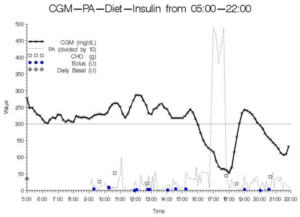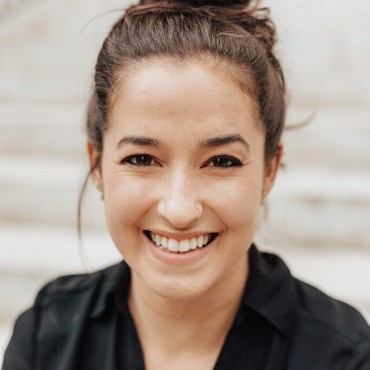V-learning and mHealth methods for management of type 1 diabetes
By Anna Kahkoska

We have been actively involved in developing reinforcement learning methods for estimating dynamic treatment regimes in mHealth settings and have applied these methods to generate data-driven decision rules for the day-to-day management of blood glucose levels for individuals living with type 1 diabetes. In contrast to standard settings where dynamic treatment regimes are used, mobile health applications provide a large number of observations per individual at a very fine granularity. It is difficult to model such systems and therefore difficult to estimate an optimal treatment policy.
We have developed a reinforcement learning method, V-learning, which attempts to alleviate these difficulties by estimating an optimal policy without posing modeling assumptions on the data generating process (Luckett et al., 2020). V-learning has exhibited excellent performance in simulation studies and in an application to an observational data set of individuals with type 1 diabetes wearing continuous glucose monitors (for glucose data) and accelerometers (for physical activity data). Furthermore, V-learning easily provides for continually updating the estimated decision rule as new data are collected. We will use V-learning estimate a policy to minimize how far a patient’s current blood glucose level is outside the normal range.
For more information, see:
Daniel J. Luckett, Eric B. Laber, Anna R. Kahkoska, David M. Maahs, Elizabeth Mayer-Davis & Michael R. Kosorok (2020) Estimating Dynamic Treatment Regimes in Mobile Health Using V-Learning, Journal of the American Statistical Association, 115:530, 692-706. https://doi.org/10.1080/01621459.2018.1537919
Lab Members Involved:

